Where to Find Glaucoma Surgery Services in Mexico
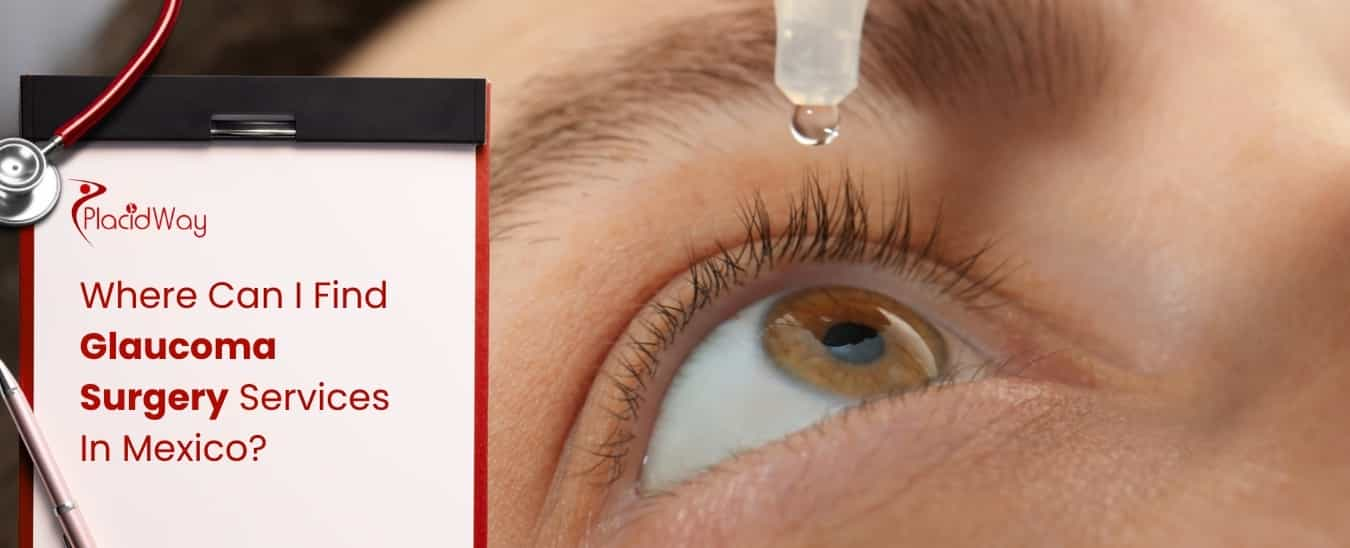
Mexico has rapidly grown into a leading country for medical tourism, particularly for specialized procedures like eye surgery. Its close proximity to the United States and Canada, combined with a robust healthcare infrastructure and significantly lower costs, makes it an attractive choice.
From major metropolitan areas to bustling border cities, facilities equipped with state-of-the-art technology are ready to provide expert diagnoses and advanced surgical interventions. This guide will help you understand where to find these services, what to expect, and why Mexico could be the right choice for your glaucoma care.
What cities in Mexico offer specialized glaucoma surgery services?
Mexico's larger cities and popular border towns are the primary hubs for specialized medical care, including advanced ophthalmology. These locations have invested heavily in medical infrastructure, attracting highly qualified specialists and equipping hospitals and clinics with cutting-edge technology.
- Tijuana: Located just across the U.S. border from San Diego, Tijuana is a major medical tourism destination. It boasts numerous eye clinics and hospitals that cater specifically to international patients, offering a wide range of glaucoma surgery services.
- Guadalajara: Known as Mexico’s second-largest city, Guadalajara is a significant medical center with several prestigious hospitals and university-affiliated eye institutes.
- Mexico City: As the capital, Mexico City hosts some of the country’s most advanced medical facilities. Its large population supports a broad array of specialized clinics, including those focused on ophthalmology.
- Monterrey: This industrial and economic hub in northern Mexico is another strong contender for medical tourism.
- Cancún: While primarily a tourist destination, Cancún also has a growing medical tourism sector, particularly for elective procedures.
How much does glaucoma surgery typically cost in Mexico compared to the U.S. or Canada?
One of the most compelling reasons individuals choose Mexico for their medical needs, including eye care, is the substantial cost savings. Generally, a standard glaucoma surgery, such as a trabeculectomy, might cost between $2,500 and $4,000 per eye in Mexico.
In contrast, the same procedure in the U.S. can range from $7,000 to $15,000 or even higher, often excluding surgeon's fees, anesthesia, and facility charges. Minimally Invasive Glaucoma Surgery (MIGS) procedures, which are newer and less invasive, also follow a similar pattern of significant savings.
Considering glaucoma surgery services in Mexico? Explore PlacidWay for a curated selection of top-tier hospitals and experienced specialists, ensuring you receive the best care for your vision.


.png)

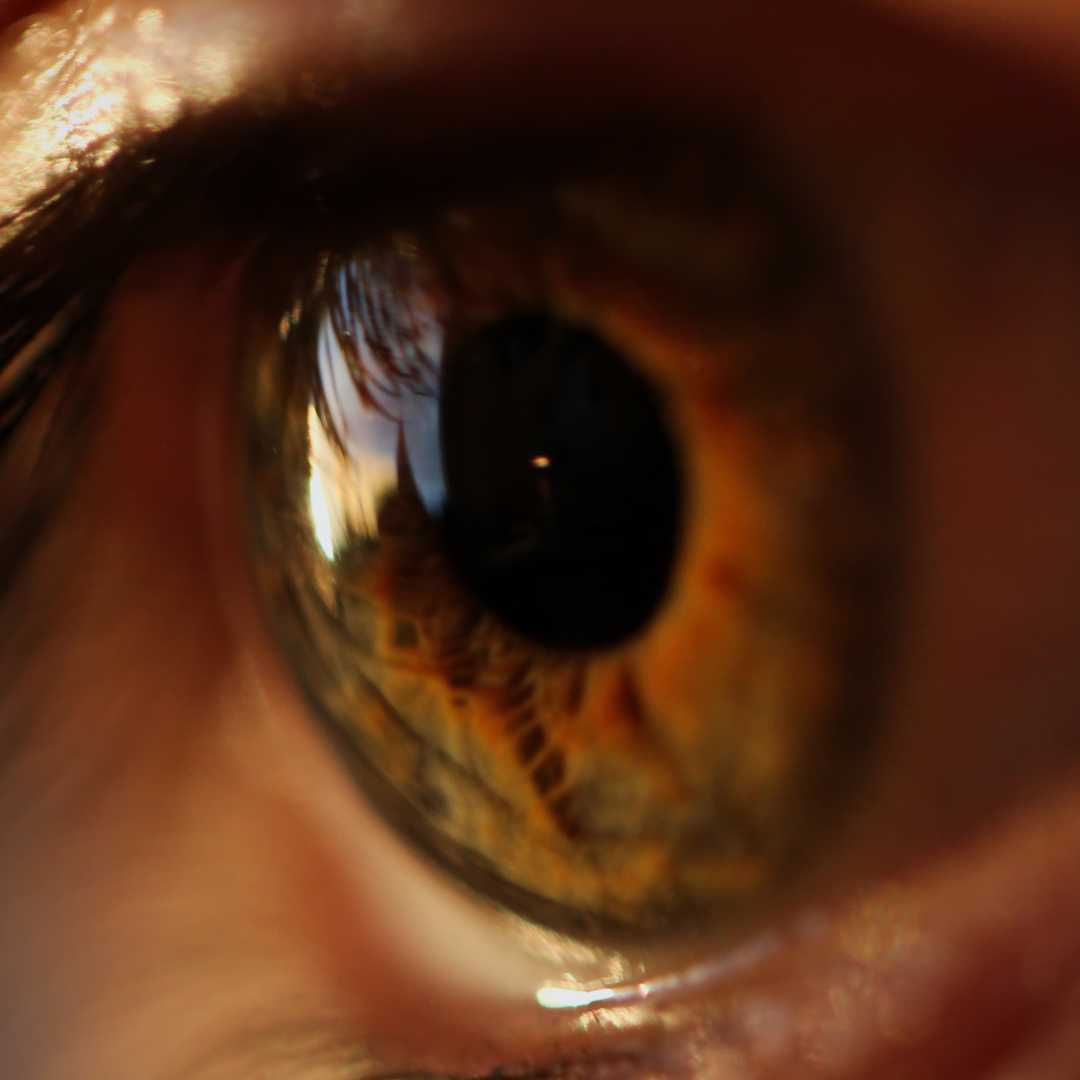


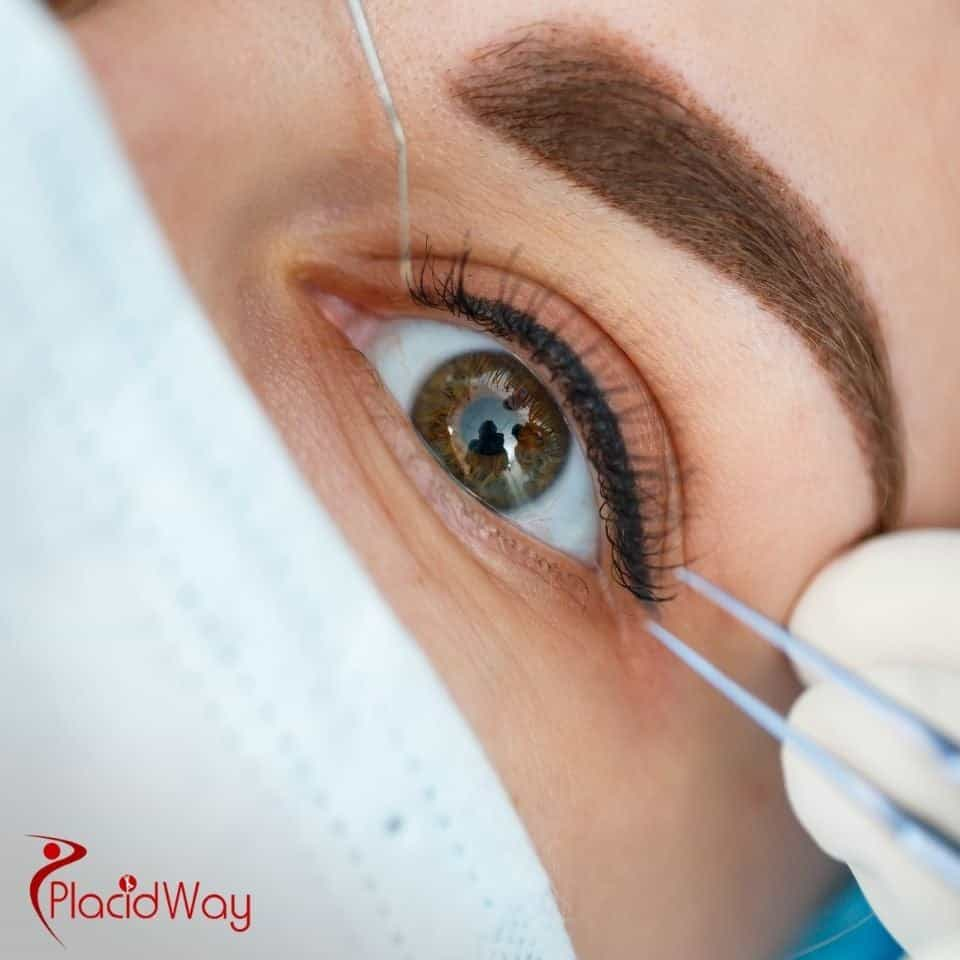
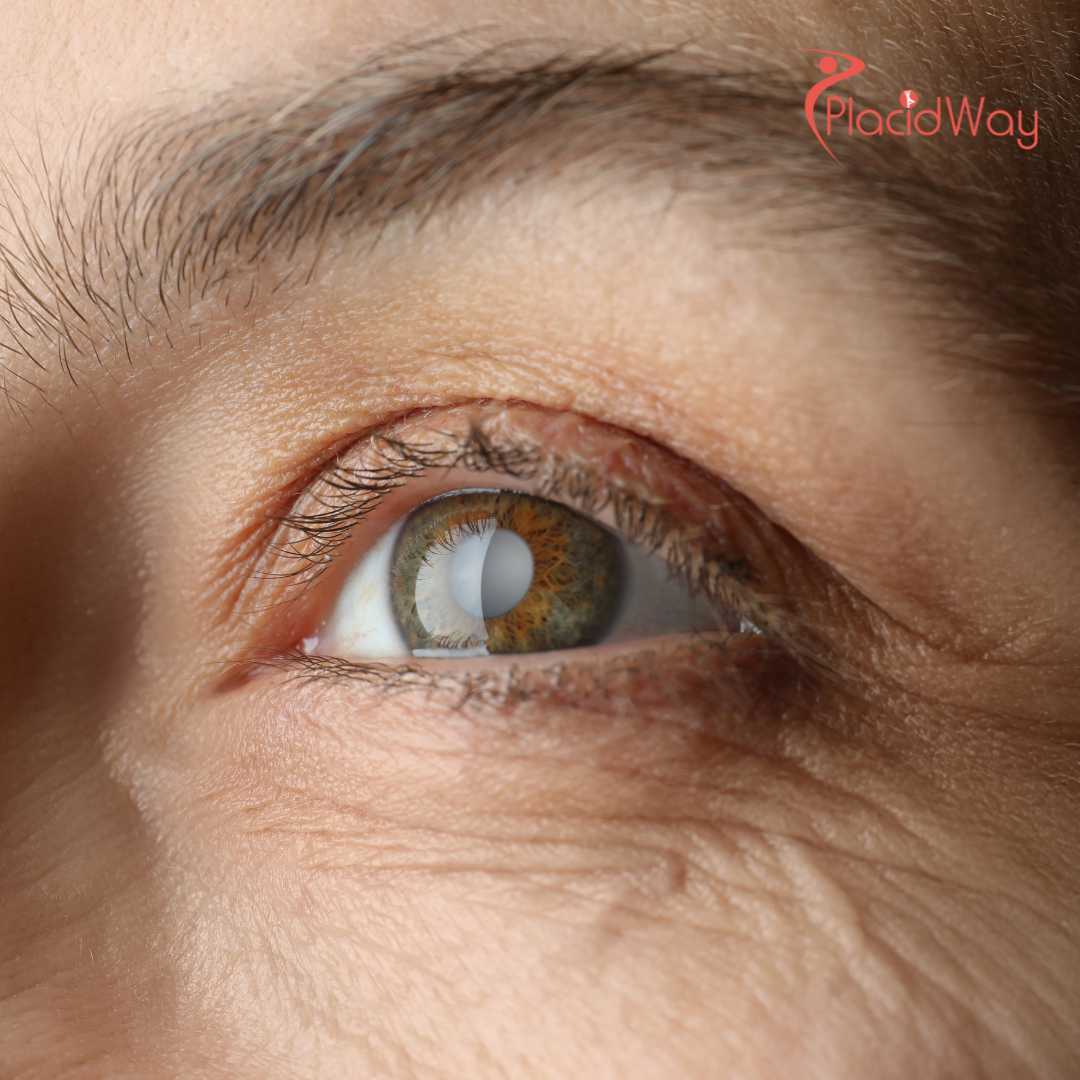
.png)




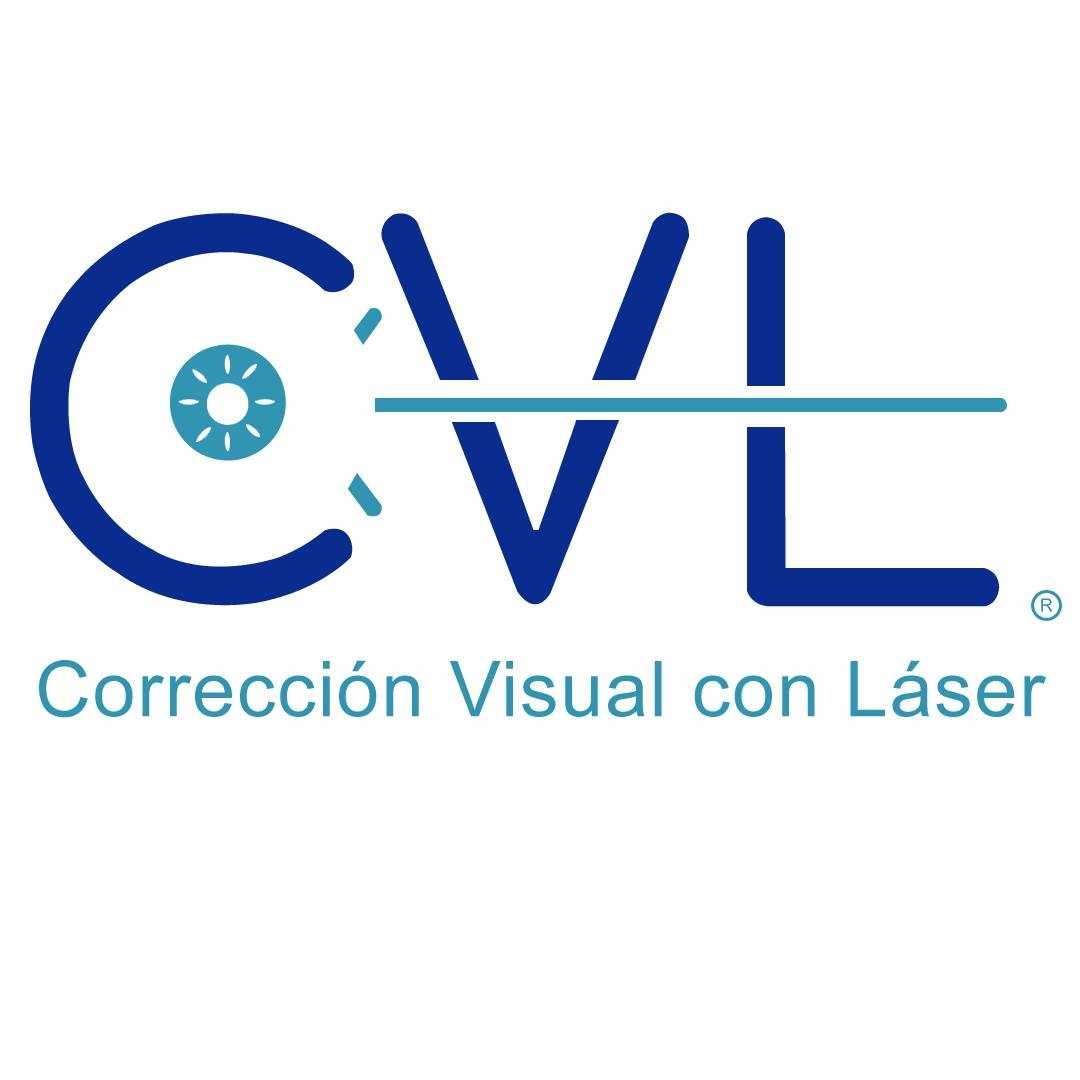
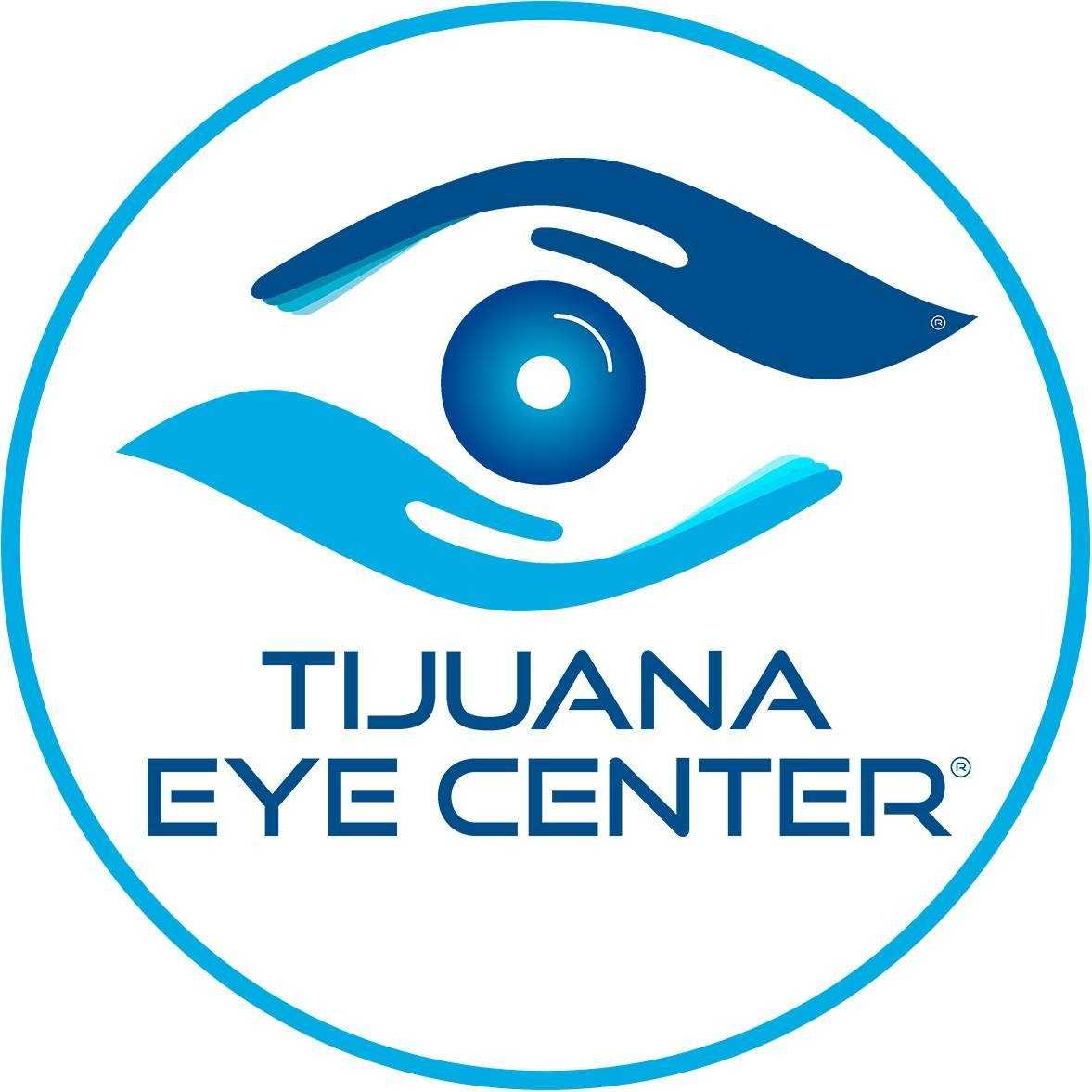

Share this listing